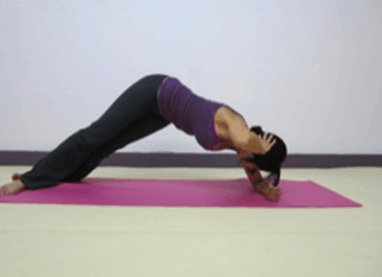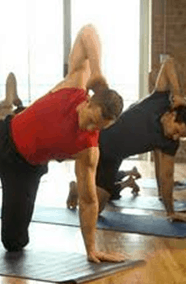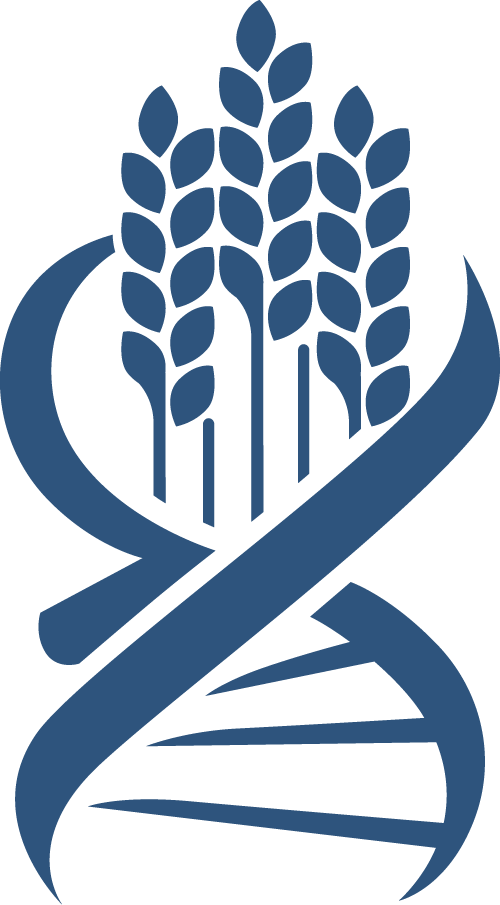new to the gluten free journey?
new to the gluten free journey?
 It’s true Pilates is a tough workout and THE very best in developing core strength. The muscles in your body begin to fire all at once causing them to burn right away and fatigue FAST! It’s a bit of a love to hate but can’t wait to do again sort of workout.
Pilates has been the hidden secret to developing a strong core, and by this I don’t mean doing hundreds and hundreds of sit-ups and crunches. This won’t result in a strong core at all. You may end up with tight hip flexors and a sore neck. When practicing Pilates it targets the intricate muscles, which surrounds and protects the low back, spine, pelvis and hips. We necessarily don’t think about any of this when starting your workout. Although when we think about a tight low back, tight hamstrings and hip flexors its main origin of pain is coming from somewhere.
But, it’s easy right? No Way!
Pilates will strengthen and tighten the core through targeted abdominal movements with combined full body weight moves.
Before I continue let me first clarify what Pilates won’t do:
It’s true Pilates is a tough workout and THE very best in developing core strength. The muscles in your body begin to fire all at once causing them to burn right away and fatigue FAST! It’s a bit of a love to hate but can’t wait to do again sort of workout.
Pilates has been the hidden secret to developing a strong core, and by this I don’t mean doing hundreds and hundreds of sit-ups and crunches. This won’t result in a strong core at all. You may end up with tight hip flexors and a sore neck. When practicing Pilates it targets the intricate muscles, which surrounds and protects the low back, spine, pelvis and hips. We necessarily don’t think about any of this when starting your workout. Although when we think about a tight low back, tight hamstrings and hip flexors its main origin of pain is coming from somewhere.
But, it’s easy right? No Way!
Pilates will strengthen and tighten the core through targeted abdominal movements with combined full body weight moves.
Before I continue let me first clarify what Pilates won’t do:
 By incorporating a daily regimen of Pilates you can look forward to functional muscle development allowing your body to move about through daily activities, whether it’s playing with the kids, playing sports or simply being active. Bending over to tie your shoes or pulling a shirt over your head shouldn’t be a task, the mobility and flexibility that accompanies Pilates are lasting benefits as long as they are continually practiced.
I’ll admit, some moves may seem a bit questionable and funny at times. That’s where flexibility and strength comes into action! In the video below I present two Pilates moves you can begin to practice right away. Please pay careful attention to my points about how to properly hold your position with each exercise to prevent unnecessary use of the neck.
Here is an overview of the exercise in the video above: “Hundreds Core Prep”.
*Keep your belly button pulled in towards your spine at all times.
**Do not thrust your ribs forward, yes this sounds crazy but you can do it.
**Control your breath, so you are pulling your ribs in towards each and breathing to the side and back of the body.
Let me explain a little further about the breathing and placement of the ribs and chest.
**Take a deep breath in, as you exhale melt your ribs down to the floor, your ribs will have seemed to disappear and melt into your body.
**Continue to breath with control. While preventing the ribs to thrust forward you are targeting the intercostal muscles, a group of muscles between the ribs, which are responsible for the expansion, and contraction of the chest when breathing.
As you practice on keeping your ribs pulled in you will notice a difference in how your midsection looks, a tapered smaller waistline and noticeable improvement in your posture. It will feel as if your abs are tighter from the front all the around to the back of the body.
And if you’re looking for more fun and effective bodyweight Pilates moves, I’ve got you covered. Just click here <<<
Sylvia Favela, Pilates expert, author of “Body Weight Pilates” – For additional tips and resources visit her blog at www.360PilatesWorkout.com
By incorporating a daily regimen of Pilates you can look forward to functional muscle development allowing your body to move about through daily activities, whether it’s playing with the kids, playing sports or simply being active. Bending over to tie your shoes or pulling a shirt over your head shouldn’t be a task, the mobility and flexibility that accompanies Pilates are lasting benefits as long as they are continually practiced.
I’ll admit, some moves may seem a bit questionable and funny at times. That’s where flexibility and strength comes into action! In the video below I present two Pilates moves you can begin to practice right away. Please pay careful attention to my points about how to properly hold your position with each exercise to prevent unnecessary use of the neck.
Here is an overview of the exercise in the video above: “Hundreds Core Prep”.
*Keep your belly button pulled in towards your spine at all times.
**Do not thrust your ribs forward, yes this sounds crazy but you can do it.
**Control your breath, so you are pulling your ribs in towards each and breathing to the side and back of the body.
Let me explain a little further about the breathing and placement of the ribs and chest.
**Take a deep breath in, as you exhale melt your ribs down to the floor, your ribs will have seemed to disappear and melt into your body.
**Continue to breath with control. While preventing the ribs to thrust forward you are targeting the intercostal muscles, a group of muscles between the ribs, which are responsible for the expansion, and contraction of the chest when breathing.
As you practice on keeping your ribs pulled in you will notice a difference in how your midsection looks, a tapered smaller waistline and noticeable improvement in your posture. It will feel as if your abs are tighter from the front all the around to the back of the body.
And if you’re looking for more fun and effective bodyweight Pilates moves, I’ve got you covered. Just click here <<<
Sylvia Favela, Pilates expert, author of “Body Weight Pilates” – For additional tips and resources visit her blog at www.360PilatesWorkout.com
Stay up-to-date with the latest articles, tips, recipes and more.

*These statements have not been evaluated by the Food and Drug Administration. This product is not intended to diagnose, treat, cure or prevent any disease.
If you are pregnant, nursing, taking medication, or have a medical condition, consult your physician before using this product.
The entire contents of this website are based upon the opinions of Peter Osborne, unless otherwise noted. Individual articles are based upon the opinions of the respective author, who retains copyright as marked. The information on this website is not intended to replace a one-on-one relationship with a qualified health care professional and is not intended as medical advice. It is intended as a sharing of knowledge and information from the research and experience of Peter Osborne and his community. Peter Osborne encourages you to make your own health care decisions based upon your research and in partnership with a qualified health care professional.
One Response
The only thing I think was left out of this article is that STARTING Pilates IS easy. Yes, you challenge yourself (particularly where the core muscles are concerned), but you can start off with some of the easier moves and work your way up to the more challenging ones. If you’re a recovering couch potato (like me), this is a FABULOUS way to get started!